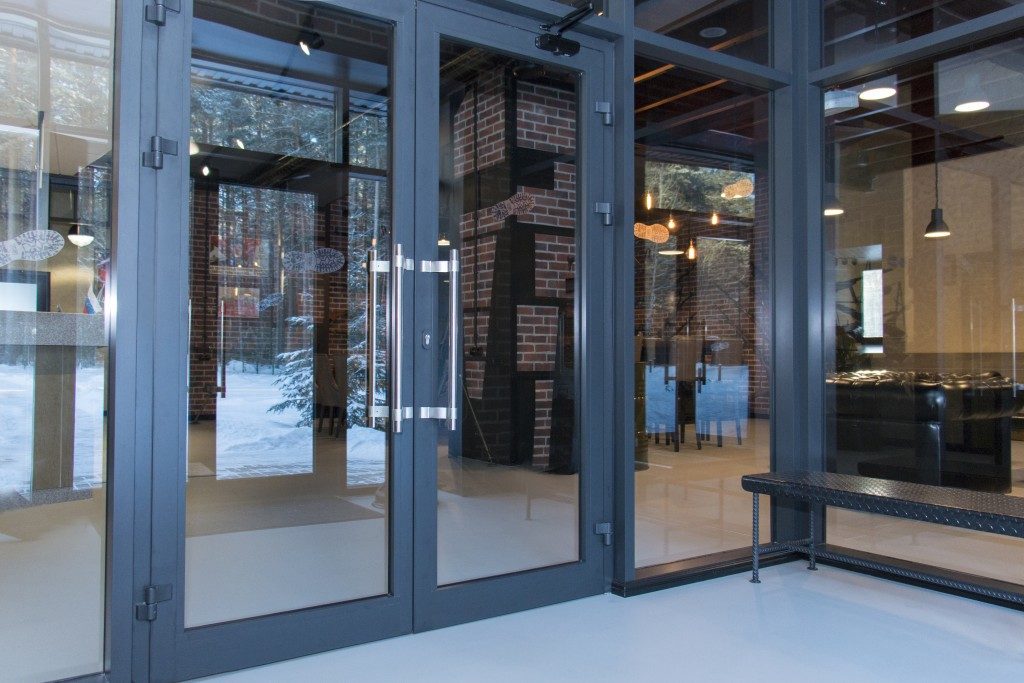There are many aspects you will consider when choosing and installing a door on a commercial property. These include the building’s safety, the amount of traffic using the door and its aesthetic impact. Among the elements that will affect all these aspects is the hardware you select.
Hinges, levers, locks, knobs, handles, push plates, knobs and closers are among the common types of hardware used on commercial doors. Door closers found at shops dealing with commercial door accessories are the ideal option for building with heavy traffic in which spring hinges will not suffice.
The closers are very durable and can be used for both interior and exterior doors. They are also the most attractive and convenient option available since most remain hidden and only need people to push gently to open and close the door. Here are some commercial door closer options.
Regular Arm Closers
These are also called standard door closers. Regular arm closers are pull-side hardware meaning they are positioned on the exterior of your doors. They comprise two arms. One arm is attached to your door’s frame and the other to a spring-loaded box located on the door’s pull-side.
When the door is closed, the arms will perpendicularly project from the door. Though this feature makes it less aesthetically appealing than other closers, a regular arm closer has the highest power efficiency.
Top Jamb Closers

Like regular closers, these have perpendicularly projecting arms when the door is closed. The spring-loaded box of top jamb closers, unlike the latter, is installed on the door frames’ face.
These closers are typically used on glass and aluminium storefront doors since these have narrowed top rails. Top jamb closers, however, have only a limited power efficiency.
Parallel Arm Closers
These closers have two arms which sit flush with the top frame of your door in a closed position. The spring-loaded box of the closers is installed on the top part of the door’s push side and powers its closing action.
These door closers are a good choice for those looking for an aesthetically pleasing option. There is also a reduced risk of vandalism of their arms, and they are hence the most commonly used for schools and commercial properties.
Parallel arm closers are however less power-efficient compared with top jamb and regular closers owing to their arm geometry.
Floor-Spring Closers
Unlike other closers installed at the top of your door, a floor-spring closer is mounted in your floors and remains hidden. A bar inside the floor-spring closer is located on the underside of your door and controls its closing action.
This is the most aesthetically appealing option for commercial properties and often used in upscale settings. A floor-spring closer generally holds your doors open.
The work you put into designing a functional and appealing commercial space can be washed down by the wrong choice of the door’s accessories. The door is after all the first design element everyone will encounter on a property. The door closers mentioned above are sure to keep commercial doors functional without dampening their aesthetic appeal.

